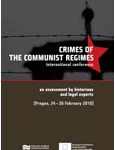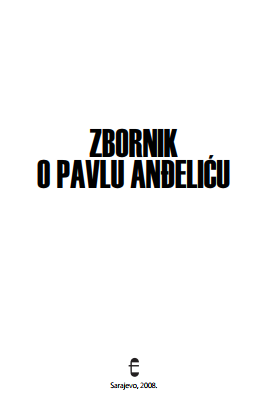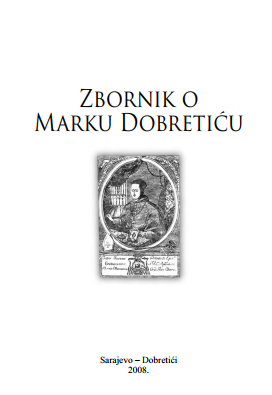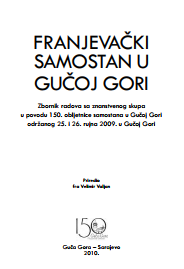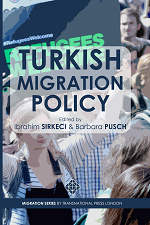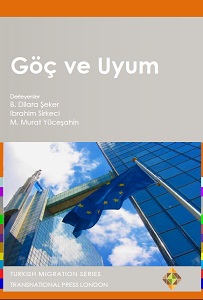
Uyum çalışmalarına giriş
This is the introduction chapter of Migration and Integration book edited by I Sirkeci, D Seker and M Yucesahin. ABSTRACT IN TURKISH: Uyum çalışmalarına giriş bölümü alan yazınındaki genel tartışma ve konuları özetlemektedir. Göçmen uyumu konusunda çeşitli çalışmalar ve alandaki boşluk tarif edildikten sonra kitabın bölümleri takdim edilmektedir.
More...

